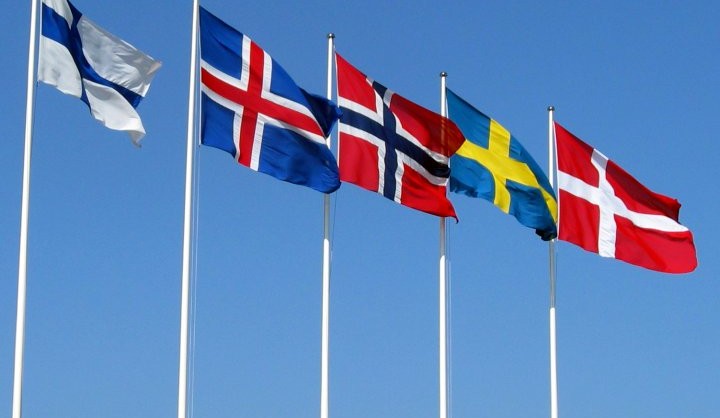
The scandinavian version of ‘tall poppy syndrome’ in today’s weird wikipedia article, discovered by the Wikiworm…
The Law of Jante is the idea that there is a pattern of group behaviour towards individuals within Scandinavian communities that negatively portrays and criticises individual success and achievement as unworthy and inappropriate. The Jante Law as a concept was created by the Dano-Norwegian author Aksel Sandemose. In his novel A Fugitive Crosses His Tracks, about a small Danish town called Jante, (where nobody is anonymous), he identified the Law of Jante with ten rules.
Generally used colloquially in Denmark and the rest of the Nordic countries as a sociological term to negatively describe a condescending attitude towards individuality and success, the term refers to a mentality that de-emphasises individual effort and places all emphasis on the collective, while discouraging those who stand out as achievers.
The ten rules state:
- You’re not to think you are anything special.
- You’re not to think you are as good as we are.
- You’re not to think you are smarter than we are.
- You’re not to convince yourself that you are better than we are.
- You’re not to think you know more than we do.
- You’re not to think you are more important than we are.
- You’re not to think you are good at anything.
- You’re not to laugh at us.
- You’re not to think anyone cares about you.
- You’re not to think you can teach us anything.
These ten principles or commandments are often claimed to form the “Jante’s Shield” of the Scandinavian people.
In the book, the Janters who transgress this unwritten ‘law’ are regarded with suspicion and some hostility, as it goes against the town’s communal desire to preserve harmony, social stability and uniformity.
An eleventh rule recognised in the novel as ‘the penal code of Jante’ is:
- Perhaps you don’t think we know a few things about you?
Sandemose wrote about the working class in the town of Jante, a group of people of the same social position. He expressly stated in later books that the social norms of Jante were universal and not intended to depict any particular town or country. It should be understood that Sandemose was seeking to formulate and describe attitudes that had already been part of the Danish and Norwegian psyche for centuries. Today, however, it is common in Scandinavia to claim the Law of Jante as something quintessentially Danish, Swedish, or Norwegian.
Later, the meaning of The Law of Jante was extended to refer to those who want to break out of their social groups and reach a higher position in society in general.












Actually, I’d have said that they sound Irish.
Actually, I should say that I have heard variations on these laws in Pennsylvania (western and central), Colorado, and the Washington, DC, metropolitan area. No doubt they were current in Ohio many years ago, and I was just too young to notice them.